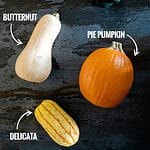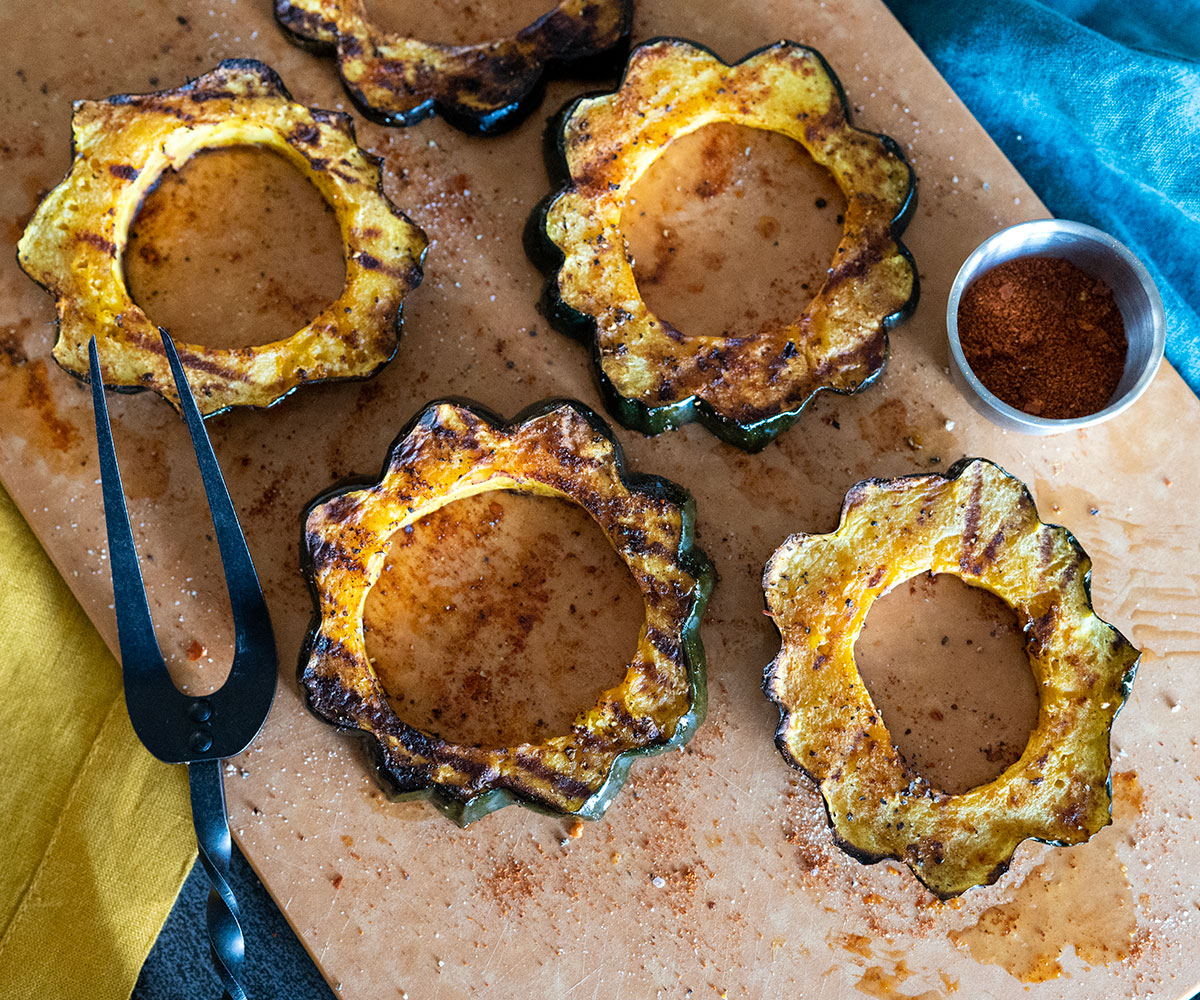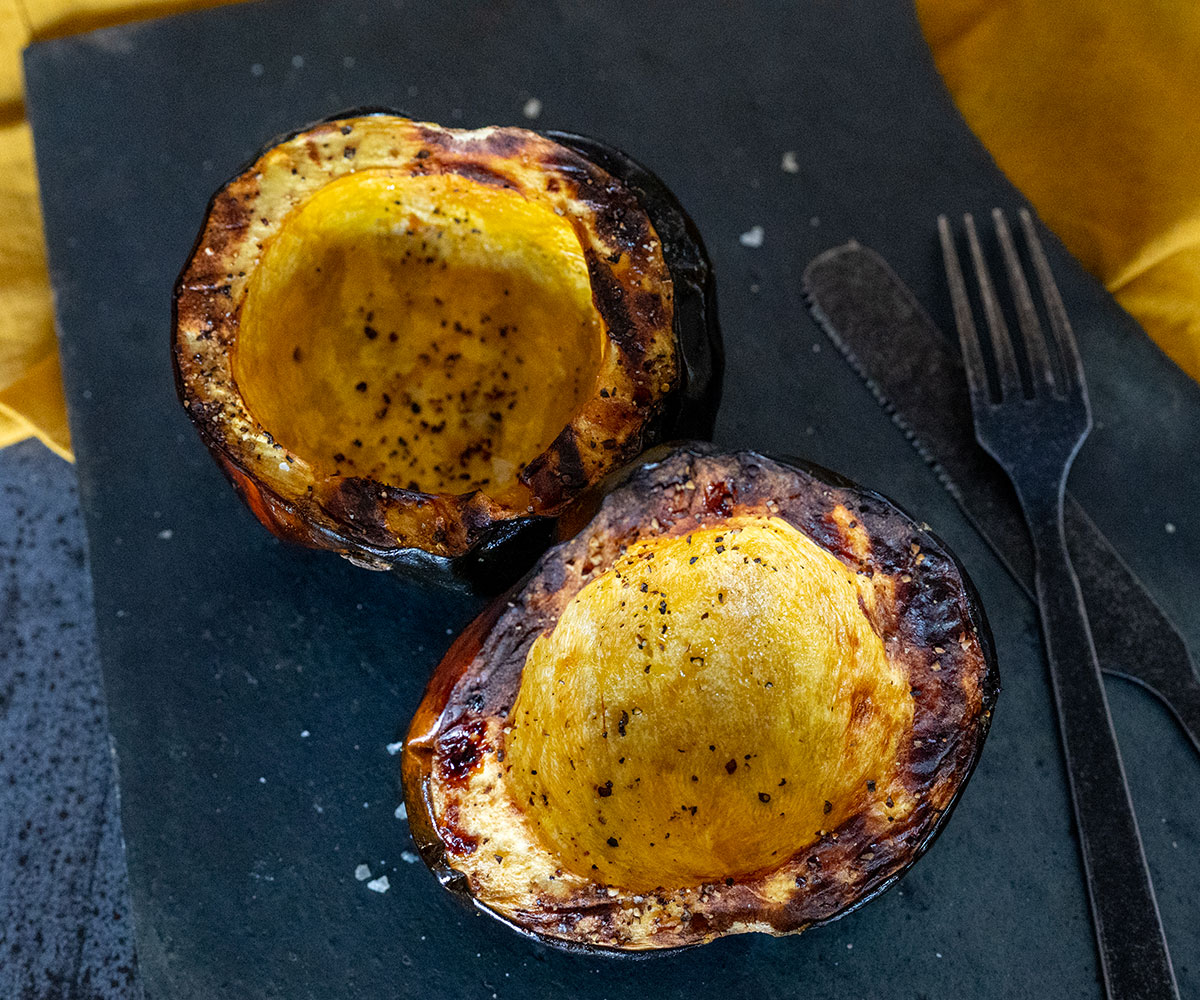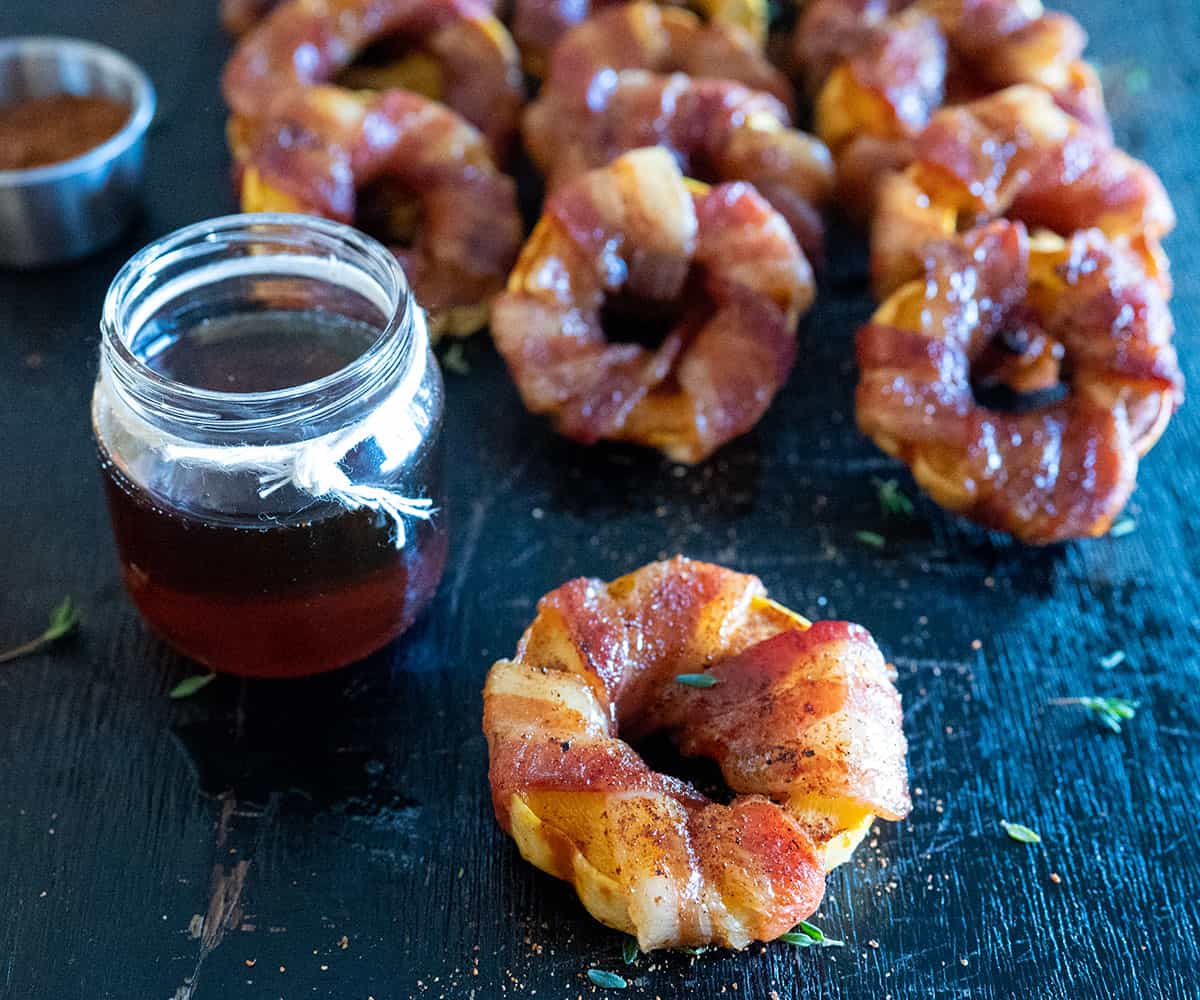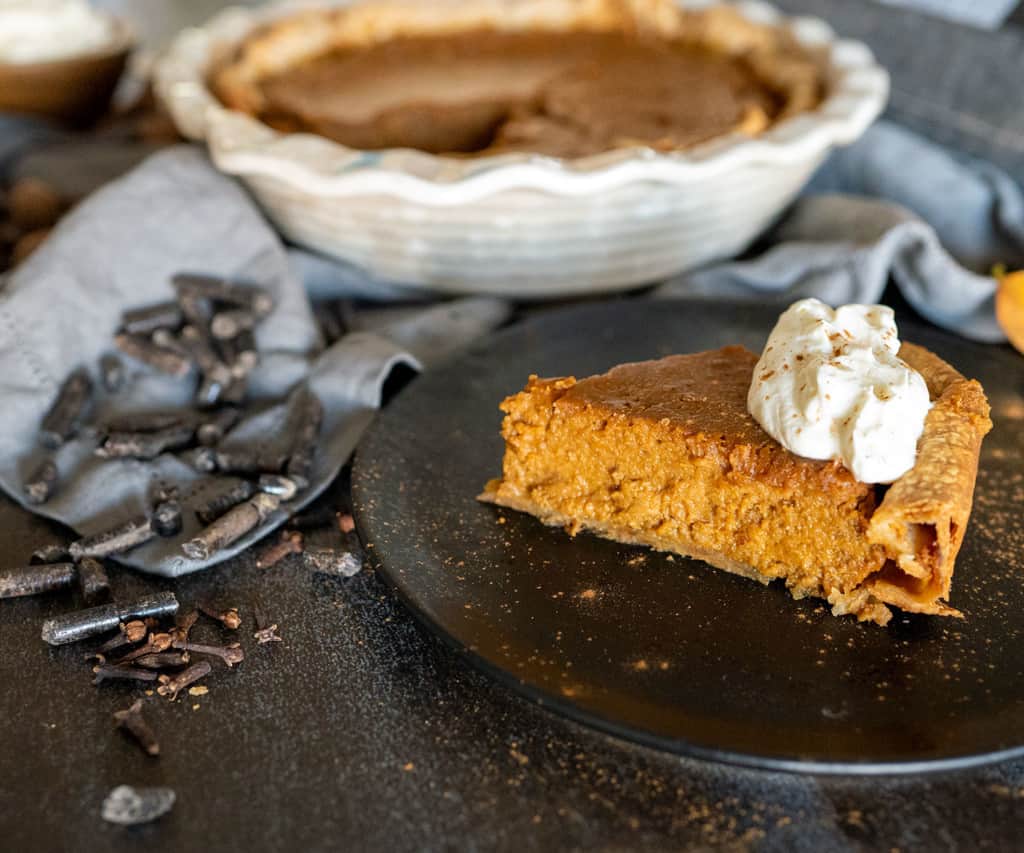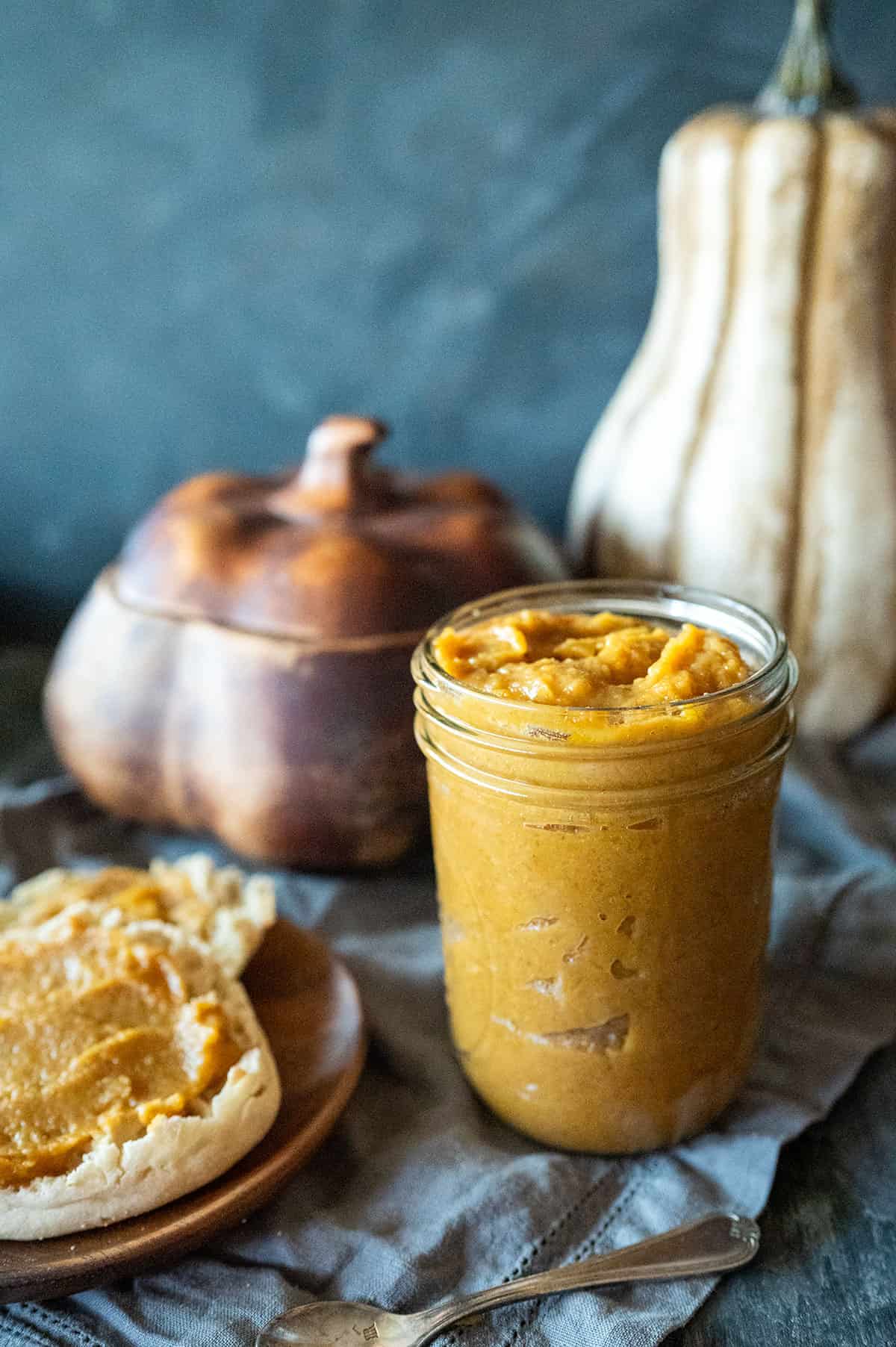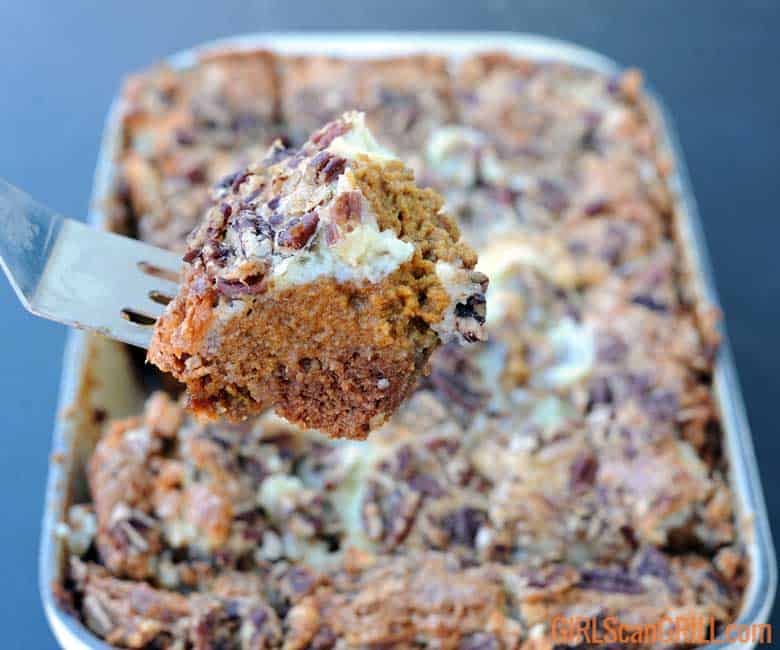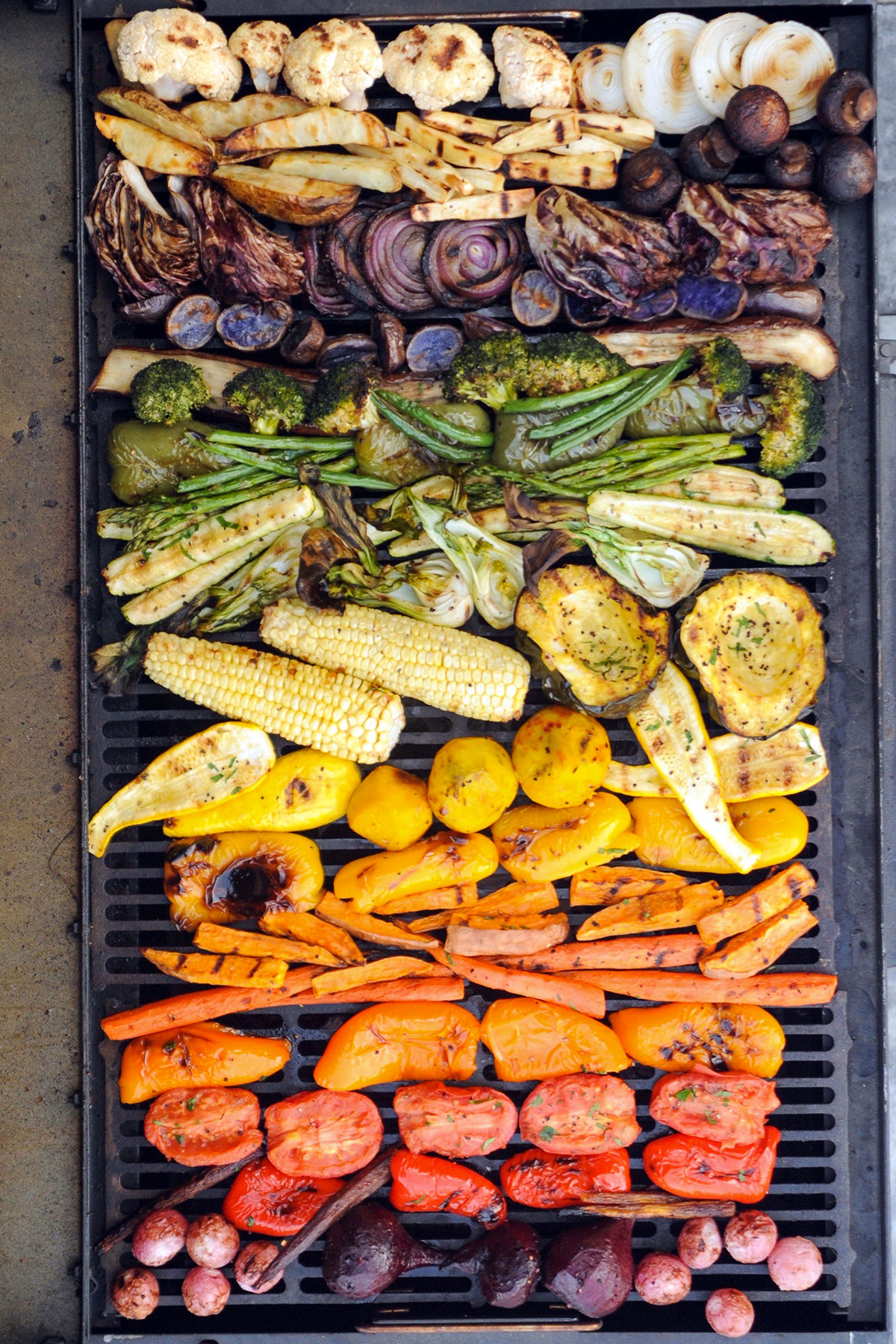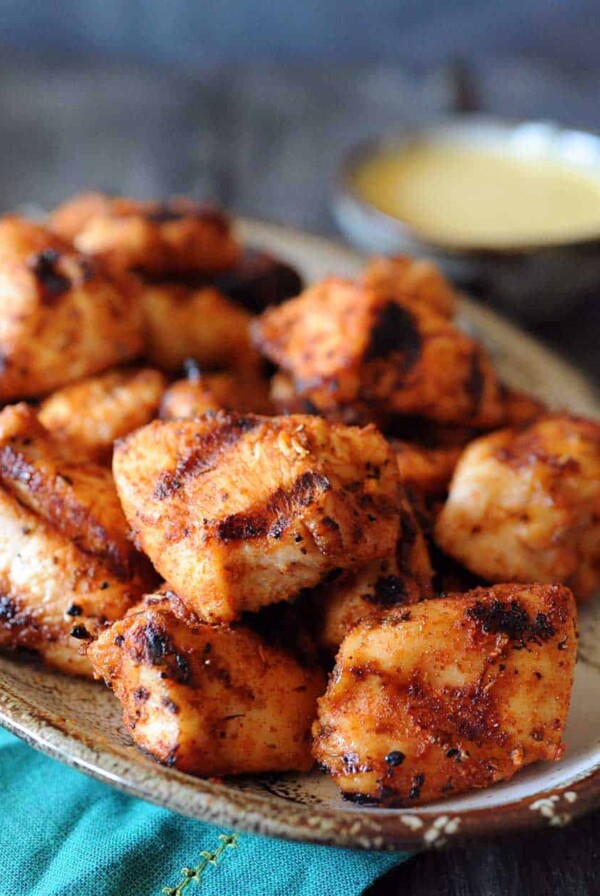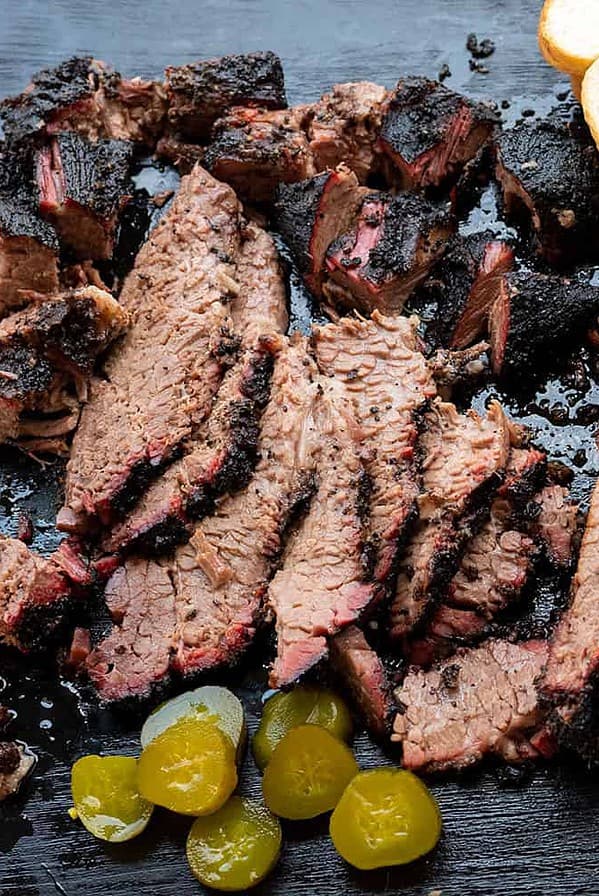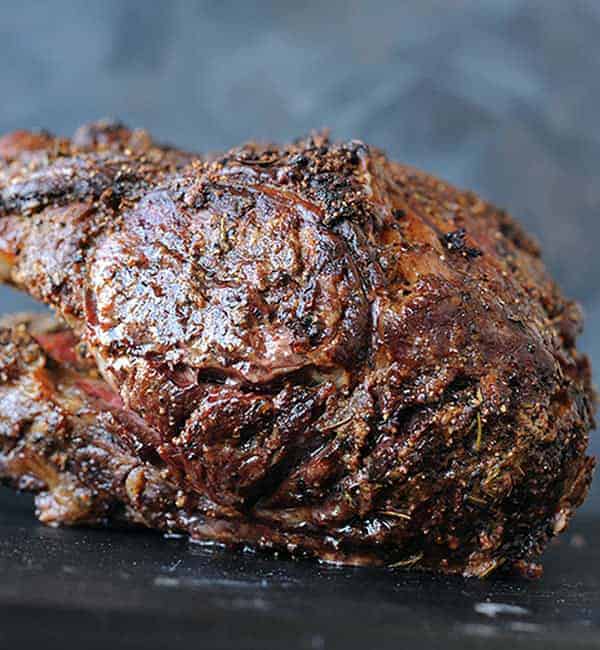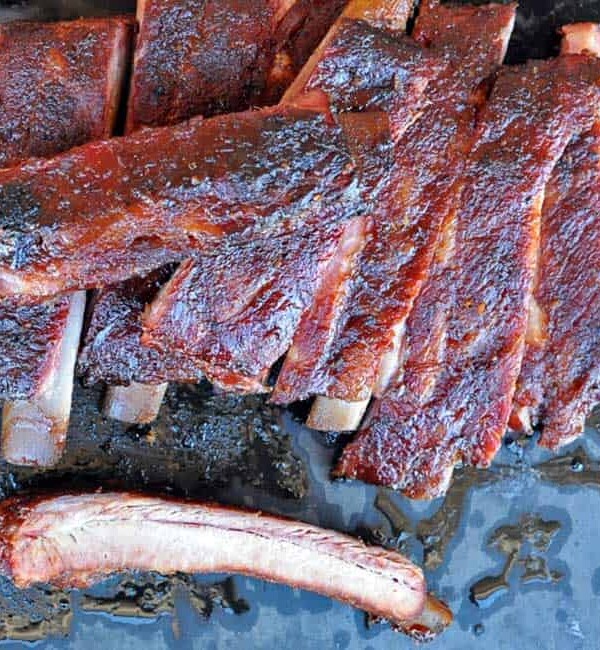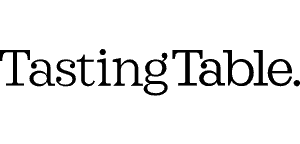Every fall and winter when you roam around the produce section at the grocery, you may notice a few different squash types that you’re not familiar with.
Some people just buy them because they’re pretty and make beautiful decorations around the house for the holidays. But they’re also really tasty and nutritious and can be used to make a variety of soups, side dishes and appetizers.
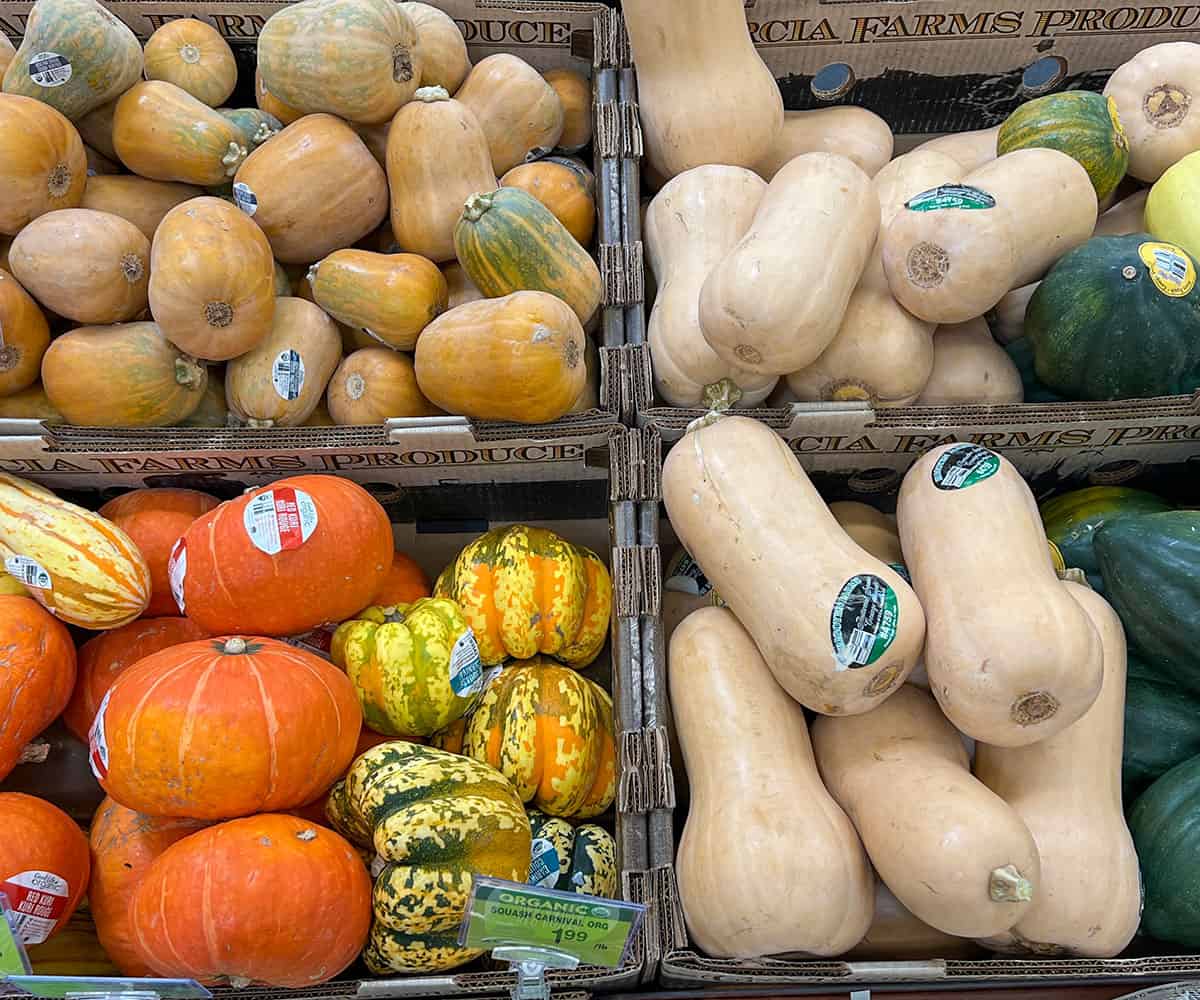
Save this BBQ Tip
Enter your email, and I’ll send this link directly to your inbox. Plus, you’ll get new BBQ recipes and tips weekly.
Table of Contents
What are winter squashes?
Squashes are a type of fruit. They have a rind, fruity flesh and seeds.
Summer squash, like zucchini and yellow squash, have tender skins and can be eaten raw or cooked. Their seeds are also very tender and small and can be eaten raw.
Winter squash, on the other hand, have much harder rinds, because they endure more extreme temperatures as they grow. And their seeds are larger and harder to chew.
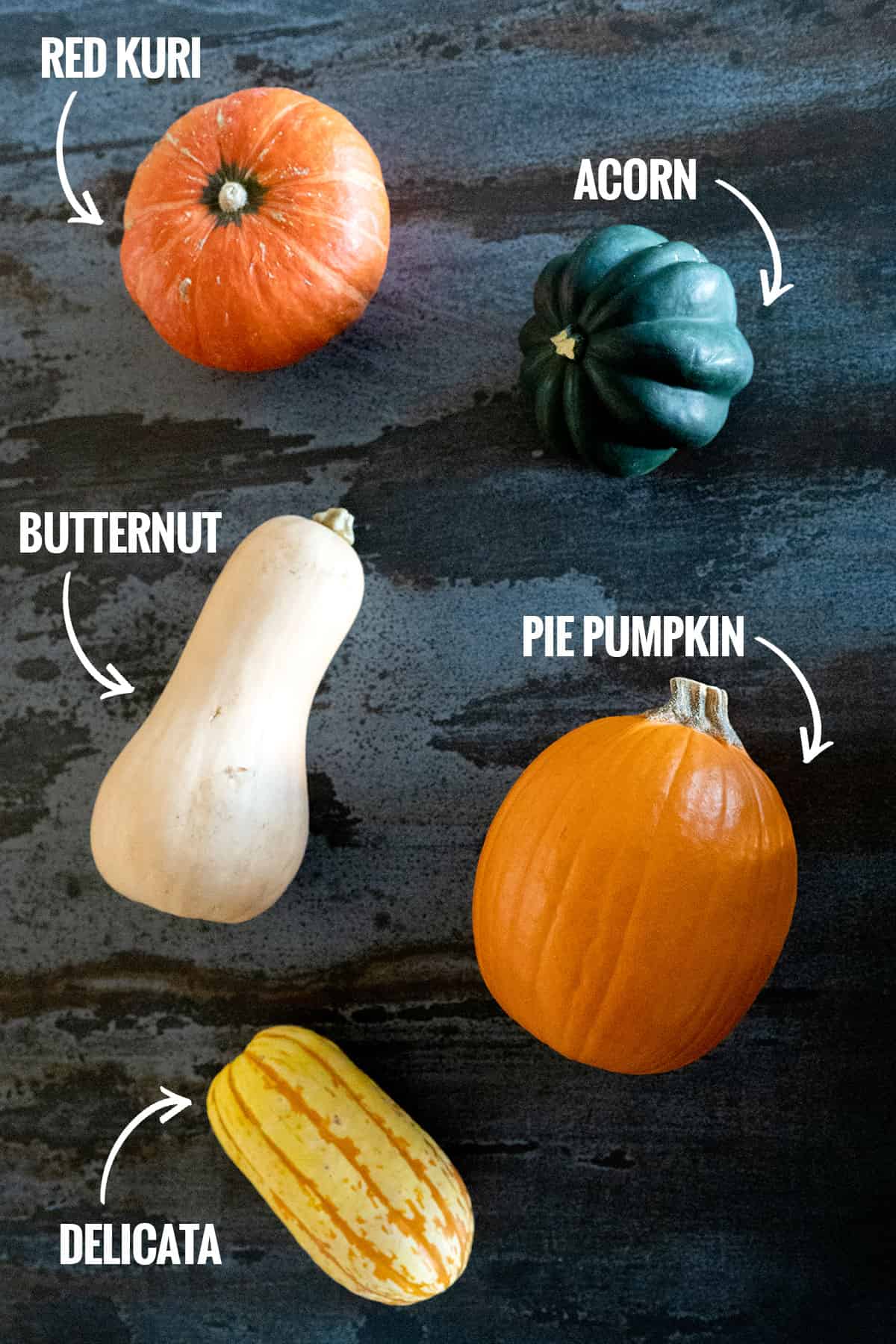
How to tell when winter squashes are ripe
It’s challenging to know when a winter squash is ripe, because most of them have very hard rinds.
Squashes grow on vines that develop flower blooms. As the blooms open, the fruit grows inside as they mature.
When harvested, the fruits are cut from the vines, leaving a stem at the top.
To check for ripeness, look at the stem. You don’t want it to appear too dried out. If it is, that can be a sign that the squash was picked a while ago.
If you turn the squash over, the bottom will have an indentation. This is where the flower blossom was when the squash was growing. If you press against it, it should have some resistance. If it’s mushy, the squash is starting to turn.
How to cut hard winter squashes
Many of the winter squash varieties have a very hard rind, which can be difficult to cut through. If you’re not careful, it can actually be a little dangerous.
You need to be sure to use a very sharp knife and work slowly on an even, stable surface. Start by rotating the squash, until it sits as flat as possible. If you can’t find a flat spot, carefully slice a small piece off of the side, to create one.
PRO TIP: If you pierce the squash with a fork a few times and microwave it for 2-3 minutes, depending on its size, that will help soften the rind, making it easier to cut.
How to store winter squash
Winter squash are very hardy and will last for several weeks to months, depending on the variety. Those with harder rinds like butternut and kuri, will last longer than those with more tender skins like delicata and acorn.
According to the farmer’s almanac, it’s best to store them a “cool, dry, dark place with good circulation.”
How to grill winter squash
Squash are delicious in several recipes, because they are very mild. They take on both sweet and savory flavors quite well.
They can be roasted whole or cooked straight on a bed of coals, until they are tender.
More often, they are cut into pieces. The seeds are removed. And then, they’re roasted or grilled over direct heat.
PRO TIP: For squash with tough rinds, you can either remove the rind before you cook it or after. It's usually easier (and safer) to remove the rind after.
How long does it take to grill squash?
While summer squash can be grilled in a few minutes, it can take anywhere from 20 minutes to 3 hours for winter squash to cook, depending on the variety, the size and the temperature you’re cooking at.
If you grill acorn squash halves over medium-high heat, it will take 45 minutes to an hour. If you make rings or slices, it will take about 10 minutes per side.
Butternut squash cooked over medium heat will take about 1 hour and 15 minutes, but if you smoke it around 250F degrees, it can take a few hours.
If you slice winter squash into cubes, you can reduce your cooking time significantly.
Below are 5 squash varieties that I like to grill when they’re in season.
Acorn Squash
Acorn squash is one of the most common winter squash varieties. It’s a little easier to cut and cooks rather quickly by comparison. It’s often cooked in slices or half moons and can also be roasted whole and filled with chili.

- Rind Color: The exterior color of an acorn squash is predominantly dark green, but they often have pretty orange blotches.
- Flesh Color: The interior of an acorn squash is a bright pale orange.
- Taste: Acorn squash has a very neutral flavor with notes of nuttiness and mild acidity.
- Texture: Cooked acorn squash is firm and slightly creamy, but more fibrous than other squash varieties.
Acorn Squash Recipes
Butternut Squash
Butternut squash is the king of winter soups, because once roasted it melts down into a smooth, silky, luxurious texture. If you’re nervous about cutting butternut squash, most grocery stores sell cubed pieces in the produce section. You can also find frozen cubes, but they don’t grill as well, because they contain more moisture.

- Rind Color: Butternut squash has a pale orange exterior.
- Flesh Color: The inside of a butternut squash is bright orange.
- Taste: Just as its name implies, it’s both buttery and nutty. It’s earthiness works well in savory dishes.
- Texture: Butternut squash is extremely smooth. Once it’s cooked down, it can be mashed into a velvety consistency.
Butternut Squash Recipes
Delicata Squash
Delicata squash may be a less popular variety, but it’s extremely easy to cook, because it’s much easier to cut into slices or half moons. Plus, you can eat the skin.
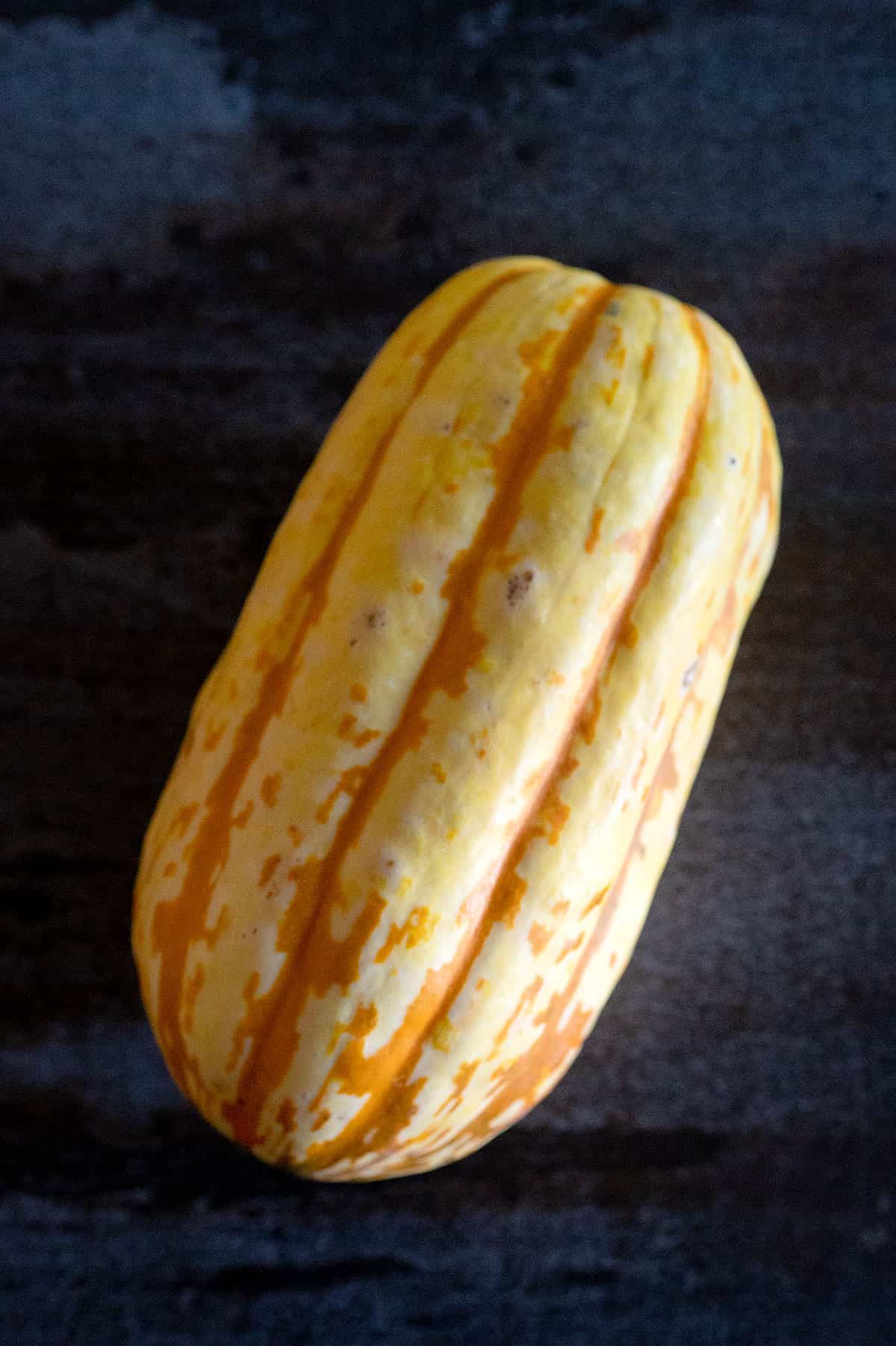
- Rind Color: The exterior of a delicata squash is yellow with either green or orange stripes.
- Flesh Color: The interior of a delicata squash is pale yellow.
- Taste: Delicata squash is very mild. It’s flavor is similar to yellow squash with a more firm texture.
- Texture: Similar to acorn squash, the delicata squash texture is smooth, but a little fibrous. The rind is tender enough to eat once cooked.
Delicata Squash Recipes
Pie Pumpkin
Did you know that pumpkins are actually squash? And one of the cutest ones are the pie pumpkins, which are also called sugar pumpkins. This is the pumpkin variety used to make pumpkin pies. While you can buy pie filling in a can, it’s really fun to cook your own to make different sweet recipes.
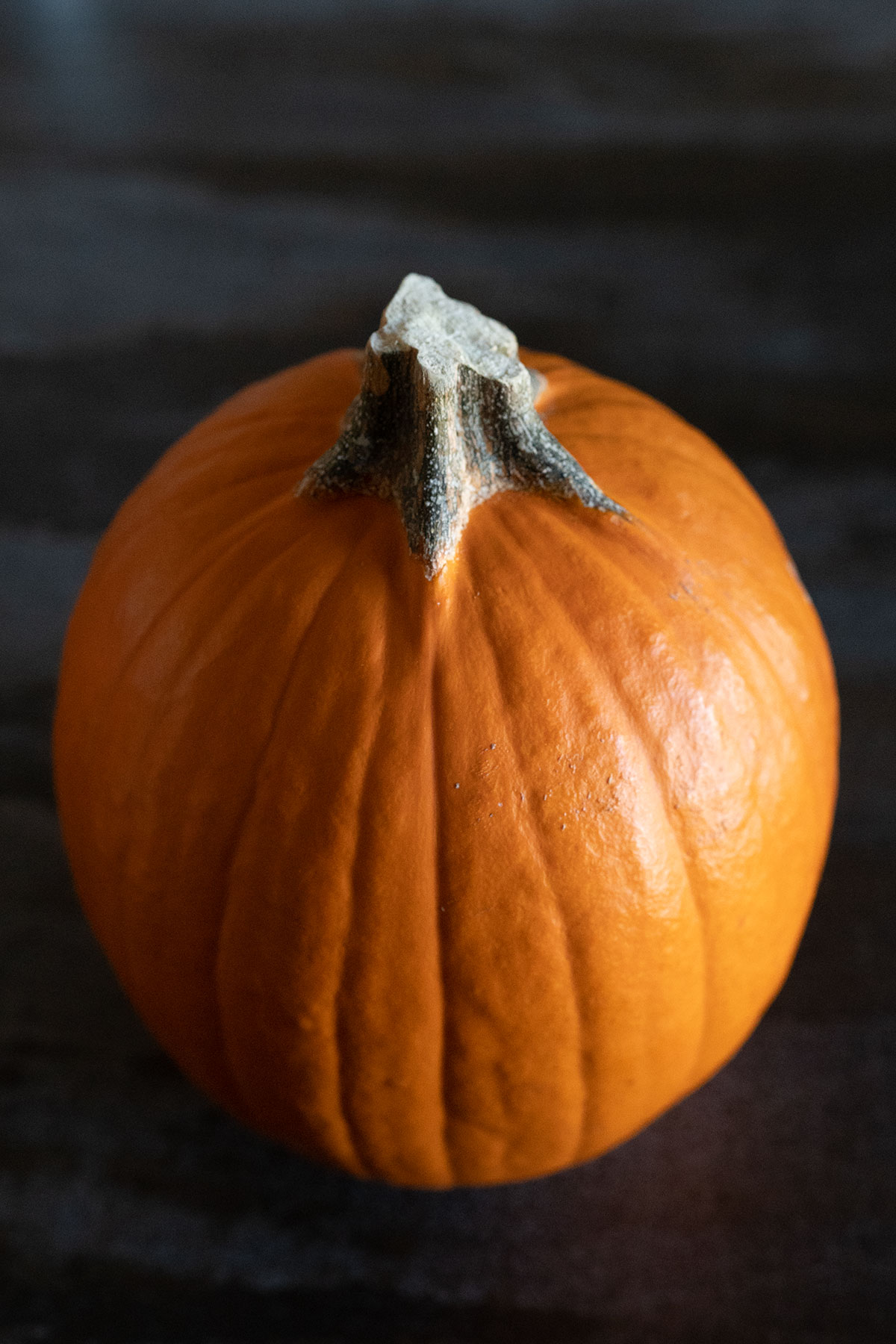
- Rind Color: Pie pumpkins are bright orange on the outside.
- Flesh Color: The inside of the pie pumpkin is also bright orange.
- Taste: Pie pumpkins are sweet, almost like a sweet potato.
- Texture: The texture of a pie pumpkin is smooth and creamy once cooked.
Pie Pumpkin Squash Recipes
Red Kuri Squash
Red kuri is a little more challenging to find in the grocery store, but if you find one, grab it. These gems are smooth and nutty and go great with maple syrup, goat cheese and fresh herbs. You can also slice off the top and roast them whole and fill with wild rice or salad.
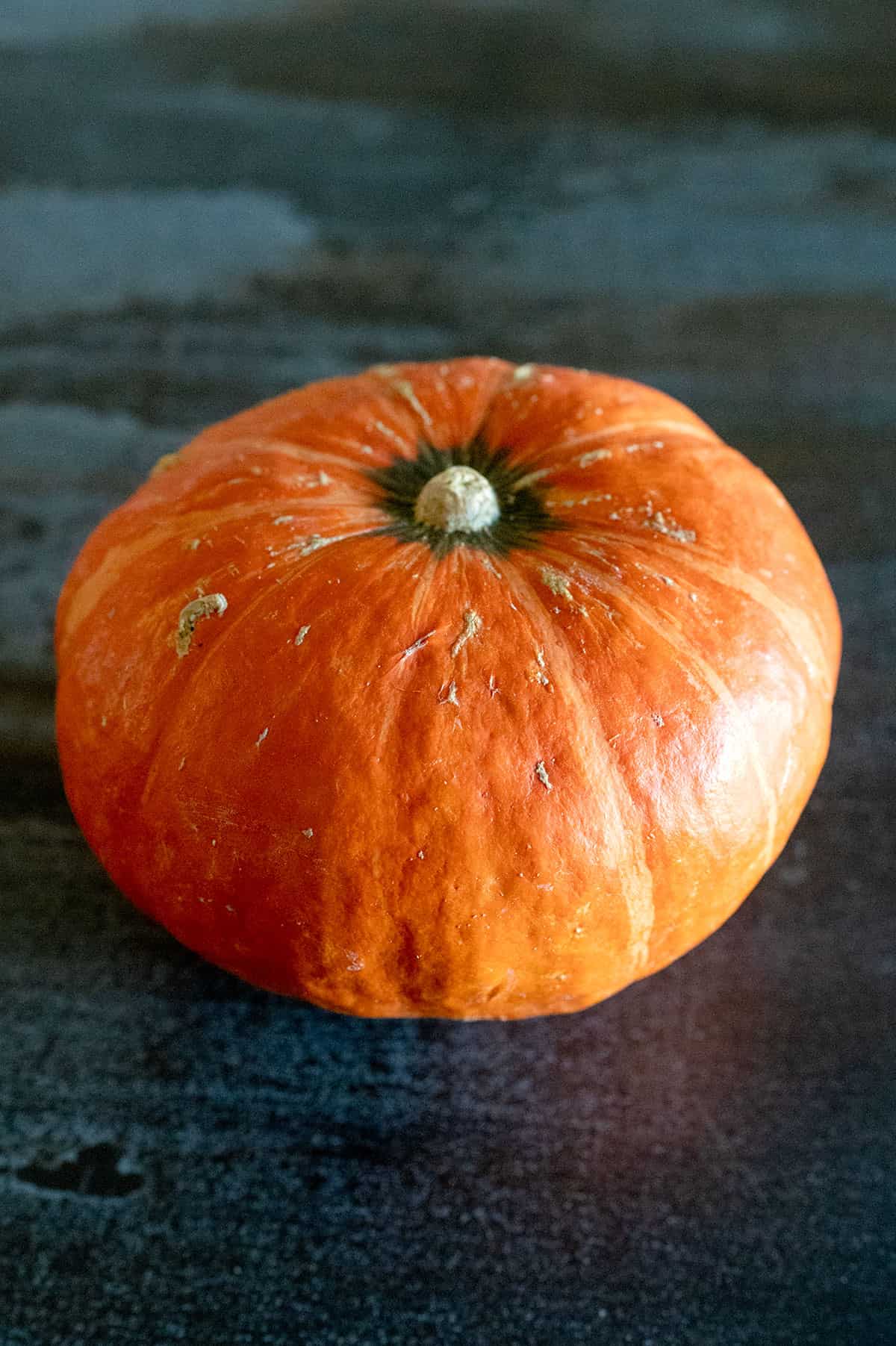
- Rind Color: Red kuri squash have a reddish-orange exterior.
- Flesh Color: The inside of a red kuri squash is a little lighter than the outside, but is still vibrantly orange.
- Taste: Similar to the pie pumpkin, red kuri is a little more sweet than other winter squashes with earthy notes of chestnuts.
- Texture: Red kuri squash has a smooth and creamy texture.
Frequently Asked Questions
Carnival, kabocha (red and green), turban and sweet dumplings are all additional varieties of winter squash.
Gourds are squashes that are more for decorative purposes. While you can decorate your tablescape with any of the winter squash varieties above, they won’t last as long. Gourds on the other hand have really hard rinds and can last for months. They also come in really fun, twisty shapes.
Yes. You can cut, seed and cube squash and freeze it; however, it will draw in some moisture, which can impact how it grills. If you want to freeze squash, I recommend grilling it first and then storing it in an airtight container in the freezer for no more than 3 months.
